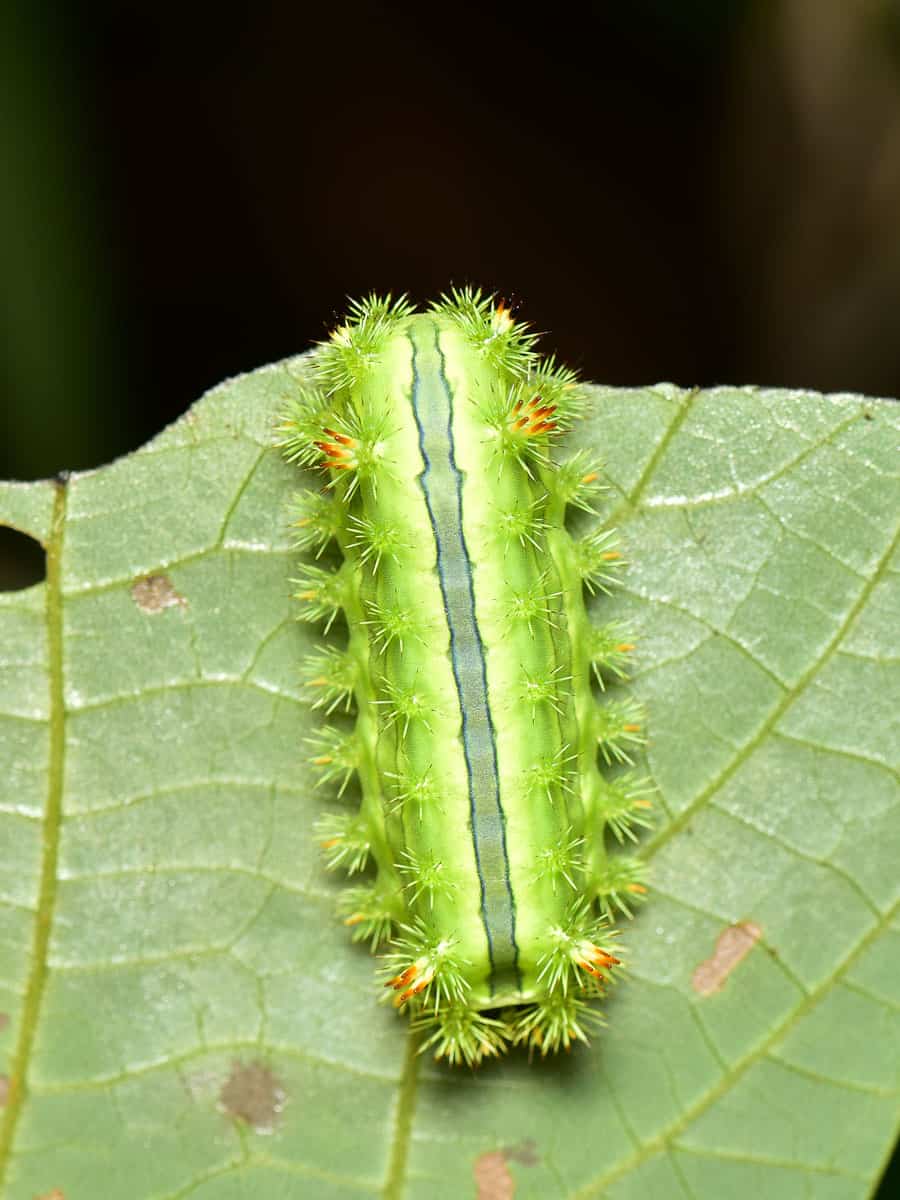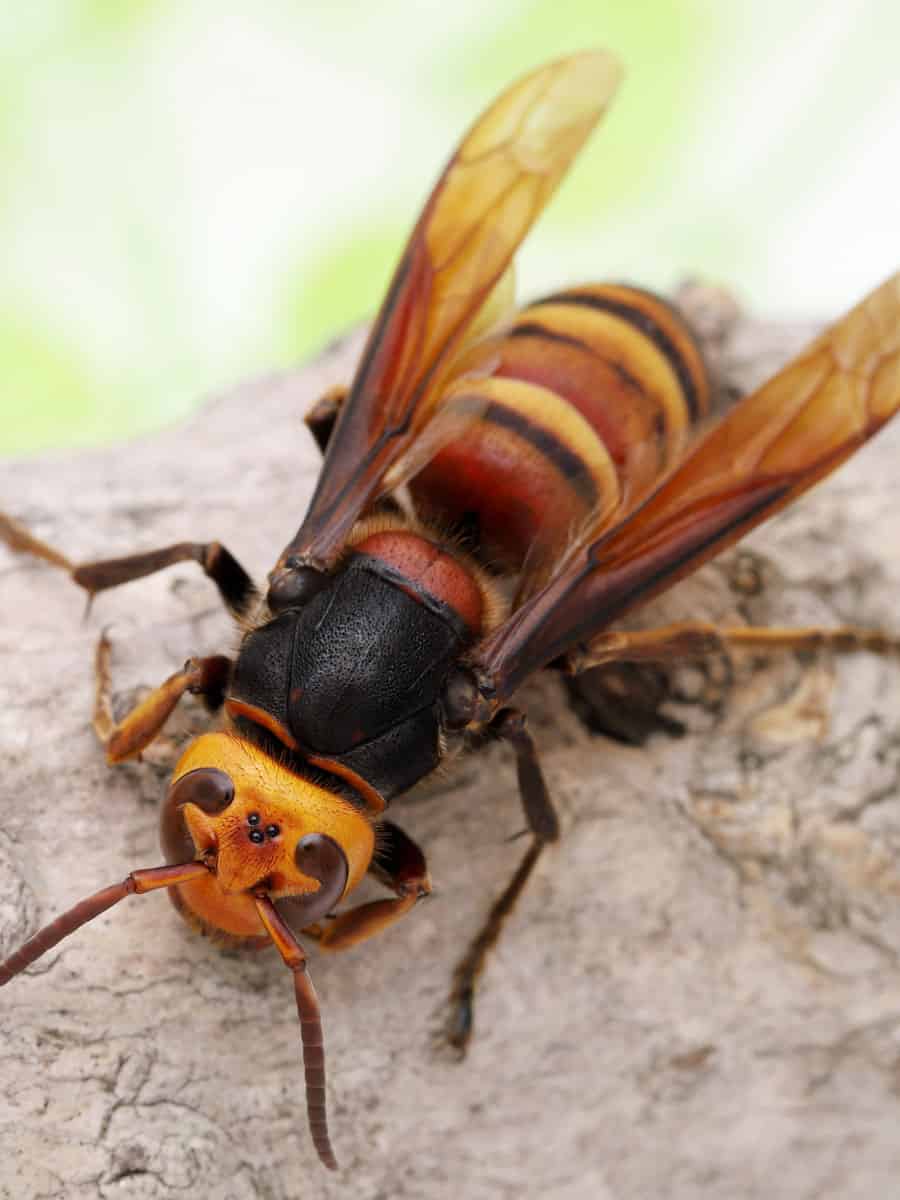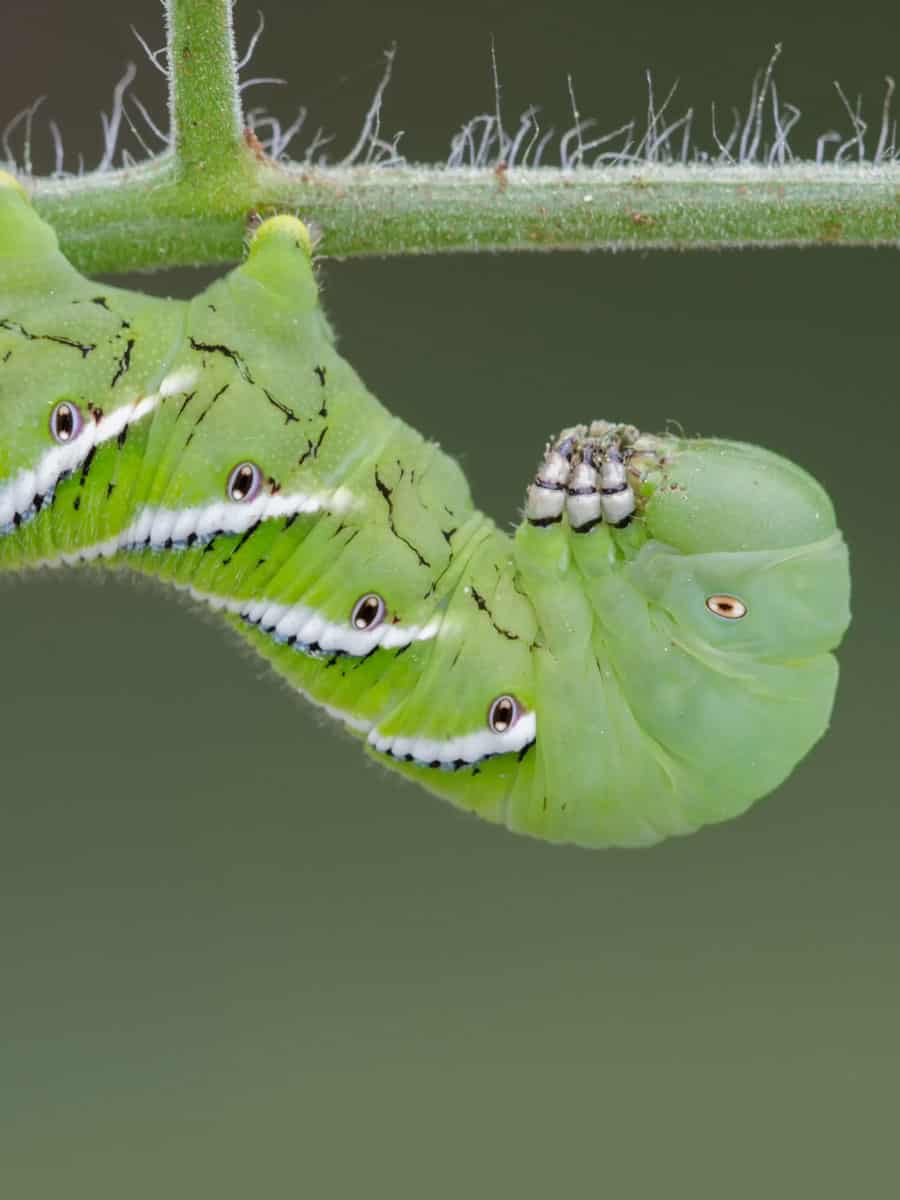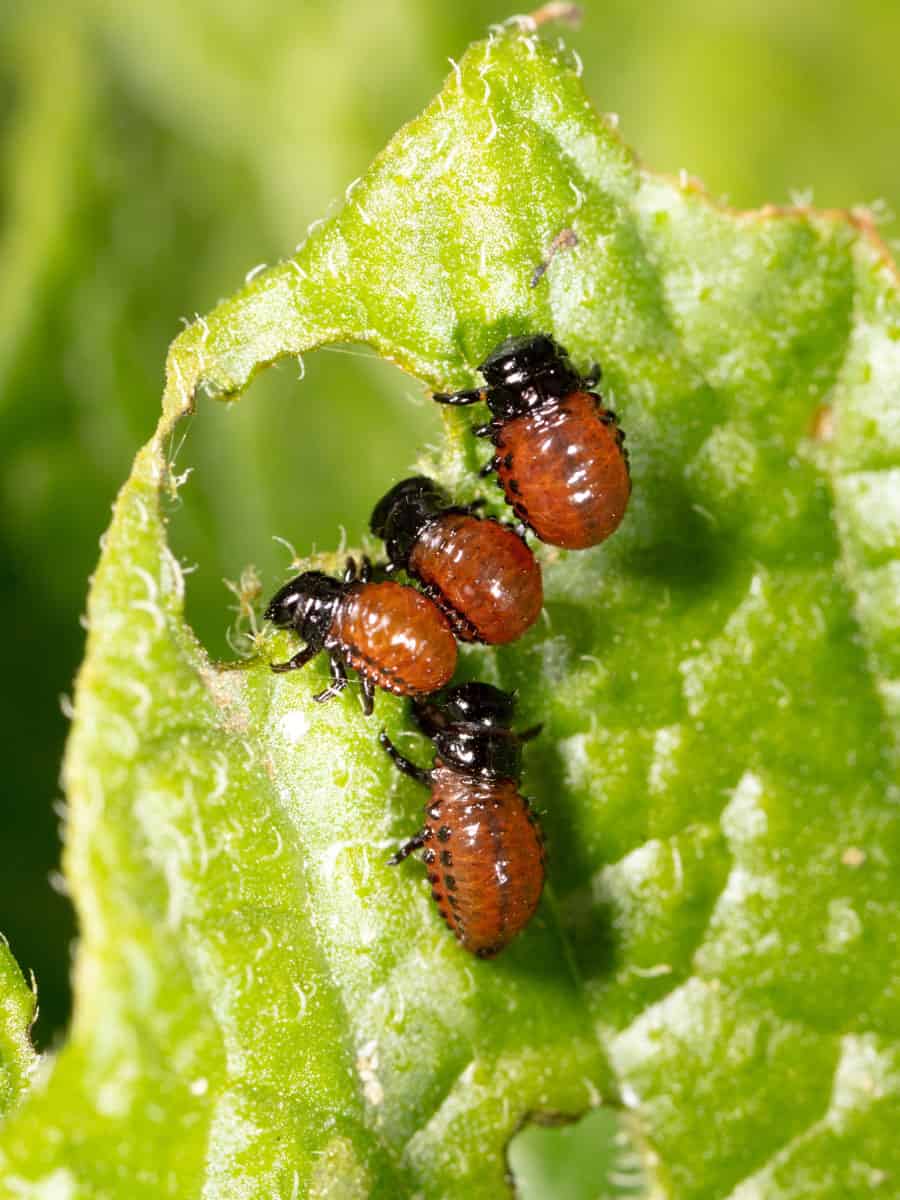Are you someone who loves spending time in your garden, tending to your plants, and enjoying the beauty of nature? If so, you may have encountered some creepy crawlers along the way.
From giant beetles to spooky bugs, the world of insects can be fascinating and terrifying.
Some of these creepy crawlers have unique adaptations that make them well-suited to life in your garden, while others are simply a product of their environment.
Creepy Crawler Basics
What Makes Creepy Crawlers Terrifying?
Well, there are a few factors that can contribute to this. One of the most obvious is their appearance.
Many creepy crawlers have strange shapes, colors, or patterns that can be unsettling. Additionally, some of them have features like stingers, pincers, or sharp mandibles that can be used for defense or attack.
Another factor that can make a creepy crawler terrifying is their behavior. They can be aggressive or territorial and will attack if they feel threatened. Others are venomous, and their bites or stings can cause severe harm or even death.
Finally, some are creepy or eerie and can give you a sense of unease just by being near them.
Common Traits To Observe
If you're a gardener, you know insects can be both a blessing and a curse. While some insects can help pollinate your plants or eat harmful pests, others can wreak havoc on your garden.
Here are some common traits of garden pests to watch out for:
- Chewing mouthparts: Insects with chewing mouthparts, like caterpillars and grasshoppers, can quickly decimate your plants by eating their leaves or stems.
- Sucking mouthparts: Insects with sucking mouthparts, like aphids and spider mites, can suck the sap out of your plants, causing them to wilt or die.
- Reproduction: Many garden pests reproduce quickly, laying hundreds or even thousands of eggs in a short amount of time.
- Camouflage: Some garden pests are well-camouflaged, making them difficult to spot until they damage your plants.
- Nocturnal activity: Some garden pests, like slugs and snails, are most active at night, making them difficult to catch in the act.
By being aware of these common traits, you can better identify and control garden pests before they cause too much damage.
Nettle Caterpillar

Stinging nettle caterpillars are covered in fine, hair-like structures that contain irritating chemicals. They often have striking colors or patterns, which can serve as a warning to potential predators.
These caterpillars possess urticating hairs that can cause skin irritation, itching, and discomfort if touched.
Stinging nettle caterpillars can defoliate garden plants and ornamentals, making them a nuisance and potentially harming the garden's aesthetics.
The Giant Asian Hornet
The giant Asian hornet, also known as the "murder hornet," has been making headlines recently for its aggressive behavior and painful sting.

These hornets can grow up to two inches long and have a venomous sting that can sometimes be deadly to humans. If you spot a giant Asian hornet in your garden, it's best to call a professional to remove it.
The Tomato Hornworm
The tomato hornworm might not look particularly scary, but these insects can wreak havoc on your tomato plants. They have a voracious appetite and can quickly strip a plant of its leaves and fruit.

If you see a tomato hornworm in your garden, remove it by hand or use an organic pesticide to control the infestation.
Colorado Potato Beetle

Colorado Potato Beetles are about 1/2 inch long and have distinctive yellow-orange bodies with black stripes, making them easily recognizable and often considered unattractive. Their striking appearance can be seen as unsettling.
These beetles are notorious for their voracious appetite for potato plants, tomato plants, and other members of the nightshade family.
Their larvae, in particular, can defoliate plants rapidly, causing significant damage to garden crops.
Garden Slugs

Garden slugs are slimy, soft-bodied creatures that can appear unsettling to some people due to their slippery and somewhat grotesque appearance.
Slugs are herbivorous and feed on a wide range of garden plants, particularly seedlings and young shoots. They leave behind a slimy trail and create irregular holes in leaves, which can affect the aesthetics and vitality of plants.
How to Safeguard Your Garden
Natural Insect Repellents
Many natural insect repellents can help keep creepy crawlies at bay. Some of the most effective options include:
- Essential oils: Citronella, lemon, and eucalyptus oils are all excellent natural insect repellents. Mix a few drops of your chosen oil with water and spray it around your garden.
- Garlic: Garlic is a natural insecticide and can help keep pests away. Crush a few garlic cloves and mix with water in a spray bottle.
- Neem oil: Neem oil is a natural insecticide that can be used to repel various insects. Mix with water and spray around your garden.
Final Thoughts
You have learned about some of the most terrifying insects that can be found in your garden.
If you encounter any creepy crawlers, you must be cautious and avoid touching or approaching them. If you're unsure about the type of insect you've found, it's best to consult with a professional or do some research before attempting to handle it.
Make sure to read these informational blogs:
When To Spray For Scale Insects?
